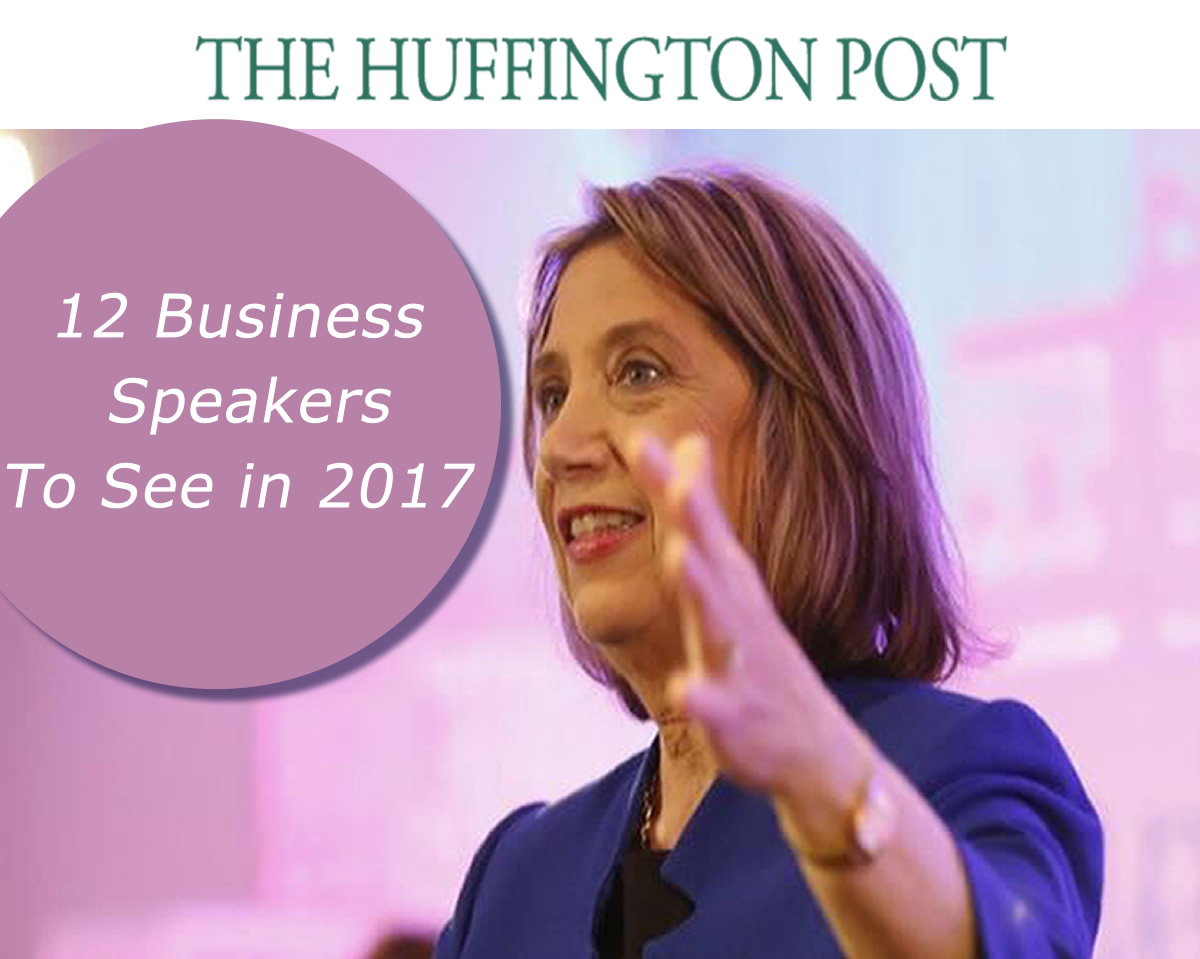“Reason to Choose”
London
Part 2 of 3
In Part 1 of our conversation with Fred Burt, the managing director of Siegel+Gale London, described the role of his company’s philosophy that elegantly simple brands are better brands. We also discussed the importance of trust to brands as well as the crucial role his literary favorite, Beowulf, plays in the patterns of meaning that we convey in language everyday. This Old English epic poem, produced sometime between the 8th and 11th centuries, acts as a pivotal link to modern language.
Need to Choose To Engage, You Can’t Force
A tinny echo was briefly audible as one of my questions still reverberated over the VoIP connection. Then, Mr. Burt’s voice buzzed to life, “Social media has turbocharged the need for transparency and authenticity,” he stated assuredly. “You can’t just churn out the usual corporate stuff and expect the audience to be interested.” In keeping with the theme of simplicity and authenticity that had come to shape our conversation, he advised, “They’ve got to choose to engage; you can’t force them.”
Social Media Dialogue Creates a Reason To Choose
 Since customers know, now more than ever, when they’re being sold something it was evident that Burt advocated this social media dialogue to create a “reason to choose.” In Part 1, Burt had mentioned this “reason to choose” was fundamentally what he believed defines the term “brand.” Therefore, to create this both emotional and functional advantage, a conversation can, as Burt put it, “Cut through and differentiate. But…in an authentic and highly credible way.” Thus, as traditional media channels may become stale, social media can almost immediately reveal the underlying value a brand holds in its end consumer.
Since customers know, now more than ever, when they’re being sold something it was evident that Burt advocated this social media dialogue to create a “reason to choose.” In Part 1, Burt had mentioned this “reason to choose” was fundamentally what he believed defines the term “brand.” Therefore, to create this both emotional and functional advantage, a conversation can, as Burt put it, “Cut through and differentiate. But…in an authentic and highly credible way.” Thus, as traditional media channels may become stale, social media can almost immediately reveal the underlying value a brand holds in its end consumer.
Instantly, this portion of our conversation brought a comment David Weinberger had once written to mind from The Cluetrain Manifesto. In a chapter he penned, The Hyperlinked Organization, Weinberger addressed the concepts of openness, simplicity and dialogue in a business world undergoing, at the time, very early transition into the era of social media platforms. Weinberger proclaimed to business executives:
“What are you protecting your customers from? The obvious truth they know and live with everyday? Just exactly whom do we think we’re fooling? Companies that let their customers and suppliers into the process…forge the bonds of trust and delight that are the only ones that work in the ‘frictionless’ Web.” (The Cluetrain Manifesto, 2000)
Many Brands Don’t Have Sufficiently Interesting Content to Engage
And so, while it appears that both Burt and Weinberger subscribe to similar schools of thought regarding brand authenticity, Burt had a further observation. He cautioned, “Many brands don’t have sufficiently interesting content to engage audiences in a social media environment.” This comment struck me as exceptionally honest, and a realization with which many brands continue to struggle.
Social Media Is An Ear To Consumer
A tendency has emerged allowing tactics to drive strategy, as a seemingly infinite supply of new platforms emerge and brands work to keep pace with their competitors. Overall, brand strategy in the social space begins to take a back seat while thoughtful consideration of objectives may be marginalized. Yet, while Burt spotlighted this content hurdle for some brands, he proposed that it by no means limits them altogether from the benefits of the social arena. “It’s not that social media isn’t relevant to them – it’s a case of listening. Social media is a great ear to the consumer. I think brands are foolish not to use it,” he summarized.
We hope you enjoyed Part 2 of our conversation with Fred Burt. Much as we added a social layer onto our discussion in this post, the series finale, Part 3, promises to look more broadly at Mr. Burt’s thoughts on the role of creativity in shaping effective brands. You won’t want to miss it – trust us!














“Many brands don’t have sufficiently interesting content to engage audiences in a social media environment.” This is a great true!! In my country (Chile) the Interesting Content is a great problem in a social media environment. Many brands don’t understand the interaction concept for 2.0 enviroments.
Andres,
Thanks for your comments. Indeed, to engage your audience, a brand must generate content that captures interest. Great content + interaction = success
Thanks so much for commenting, Andres! It definitely seems that while some brands have succeeded in the social space, numerous others just can’t, as you said, “understand the interaction concept.” I think it requires a brand to want to do the legwork in determining what type of content that excites their brand loyalists in a time when the brand message is becoming more fluid! So glad you enjoyed the piece & love the comment. Cheers!
Brian and Cheryl,
I find Fred’s “Reason to Choose” compelling. For a long time, I’ve held that brand is best understood as a promise–a commitment about how you’ll behave…even when that behavior is hard or (gasp) unprofitable. But in this light, it begs the question of “a promise in service of what?” Well clearly, it’s in the service of offering a reason to choose. Both lenses on the meaning of brand may have their use at different times, but the phrase definitely drives focus on the right things.
Thanks for the post,
Ken
Performance Works (www.PerTalks.com)
Ken,
Thank you for your comments. We like Fred’s definition of a brand (reason to choose) as it reflects the importance of finding a true point-of-difference. With increasing competition from similar brands in a TMI world, a compelling reason to choose is like turning on a light in a dark room.
Cheryl
This was very insightful reading. Many brands in my industry have fallen into the trap of providing features/tactics to “keep up” or “one up” the competition. The truth is that it is not enough to keep up. We really have to look past what competitors are doing to find that unknown/unmet need that we can fill. Sometimes humanizing the product with a social media voice and friendly engagement is an emotional reinforcement to the more practical “reason to choose”. Thanks for the post (and to Ken Rosen for passing it along on Twitter).
Carol,
Thanks for your insightful response. Professionals that possess the unique ability to find and fill the gap in the consumer’s experience places them way ahead of the field. Finding a “reason to choose” that is truly impactful is both art and science. I like your point about the social media voice & friendly engagement to support and reinforce the difference in choosing one brand vs. another. Perhaps this is another way the consumer can come to “trust” the brand.
Cheryl
I completely agree on all points in your reply (well, except the Carol part ;)). Another point to consider is the issue of relevant content for engaging in social media. I do understand that many products and services are not content driven. But, you’ll be received with legitimacy if you make the interests of your customers interesting to you – even if that content doesn’t come from your own product. For example, if your customers are stay-at-home moms, post interesting links to organization articles, time/stress management tips, etc. It’s important to remember that relevant content comes from knowing your audience, not necessarily from your product.